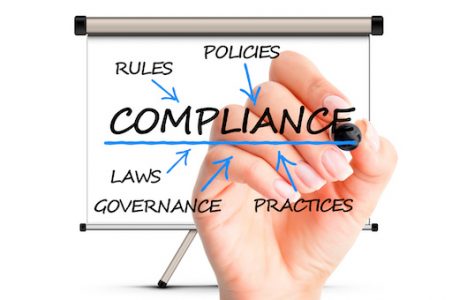We have looked at various topics over the years and consulted on many more. However, it is worth revisiting the idea of a Request For Proposals (RFP) and what you should look for in this process. It is not a small or simple thing in most cases. Therefore, it should be entered in with the respect and expectations it deserves. The steps may seem tedious, but they are worth the investment. We will explore the pros and cons and convince you of the value of this daunting task.
Request For Proposals – More Than A Document
First and foremost, an RFP is more than a document. It is sometimes misunderstood as little more than a document one sends out, and they get similar documents in return. Thus, it may be seen as a form of job posting. That reduces it to a set of requirements and applicants line up. However, even that analogy tends to fall apart as job applicants go through an interview process. That process often includes multiple interviews and time spent getting to know the applicant while teaching them about the organization. Hmmm, maybe that analogy is a good one for us to use.
The RFP As A Job Posting
We have all seen job posts that follow several formats. They differ from the size available on the platform (website, newspaper, etc.) and the specifics of the role. There is also a range from casual to formal in how jobs are listed. That being said, we all can recognize a good job posting includes key attributes.
- Who is the job for? (The Company)
- What kind of job is it? (Salary, Hourly, etc.)
- What is the applicant expected to do? (How to apply)
- What does the job entail? (A typical day or similar list of job activities)
- What are the expectations? (Degree, experience, and other requirements)
- How does the job get fulfilled? (Timeframe and locale. Is it remote?)
Likewise, each of the above items can be brief or highly detailed. Most of us prefer more detail for a job posting to help us decide if we are a good fit. We also can craft our best arguments for winning the position when we have a lot of details about what an ideal candidate looks like to them.
Posting And Resumes
While a request for proposals can be seen as a form of job posting, the responses can be seen somewhat as resumes (or CV). The vendors (prospects/applicants) provide a background and reason to select them for the job. Likewise, the resume or response is not the end of the selection process. One must go through due diligence and check references and an interview process. A list of skills on paper or a nice cover letter is not (or at least should not) be enough to make a decision. Yes, we can read the packaging to help select a product. However, we will be more likely to make the best decision after a trial or test drive.
Avoid An Expensive Mistake
That brings us to the primary reason for going through an RFP process, avoid a mistake. Buyer’s remorse is common and an RFP might not avoid that. However, the time and effort invested in an RFP process will go a long ways in avoiding buying a lemon or ineffective solution. Your position might be that your organization has such a common problem to solve that anyone in that space will be sufficient. That is a position that often leads to regret. Even common problems can have very different solutions. The one chosen by a vendor might be incompatible with your organization.
A simple example is target platform. Your company might be only Macs and the solution is only available for Windows machines. While a simple thing to check and avoid, there are many other ways a solution can be incompatible with your business or budget. The RFP process will help the buyer and vendor get on the same page for requirements and lead to much higher odds for a successful solution.
Do The Research
Finally, it must be pointed out that an RFP process in any form is research into solutions. You likely will research factors involved in buying a house or car due to the costs involved. Why then would you not do the same for an expensive software or solution purchase? Whether it is your time and money or company resources, there is a lot at stake for most IT projects and solutions. Avoid regrets (and career damage 😉 ) by using the request for proposals process to educate yourself and your vendors.
Improve Software Success
We have a couple of classes specific to RFPs and include templates and examples to help you. Check these out (paid and free courses) at https://school.develpreneur.com/p/rfp_courses
We have an e-book that can help you explore all the steps in building software, including a few templates. We will add you to our monthly newsletter, but you can unsubscribe anytime. Your data is not shared with anyone else. Learn more about our book here. We are happy to help you in your journey if you would like to invest a little more time into planning for your project. We offer free consulting to avoid seeing avoidable mistakes. Please take advantage of it and avoid being the next cautionary tale.


